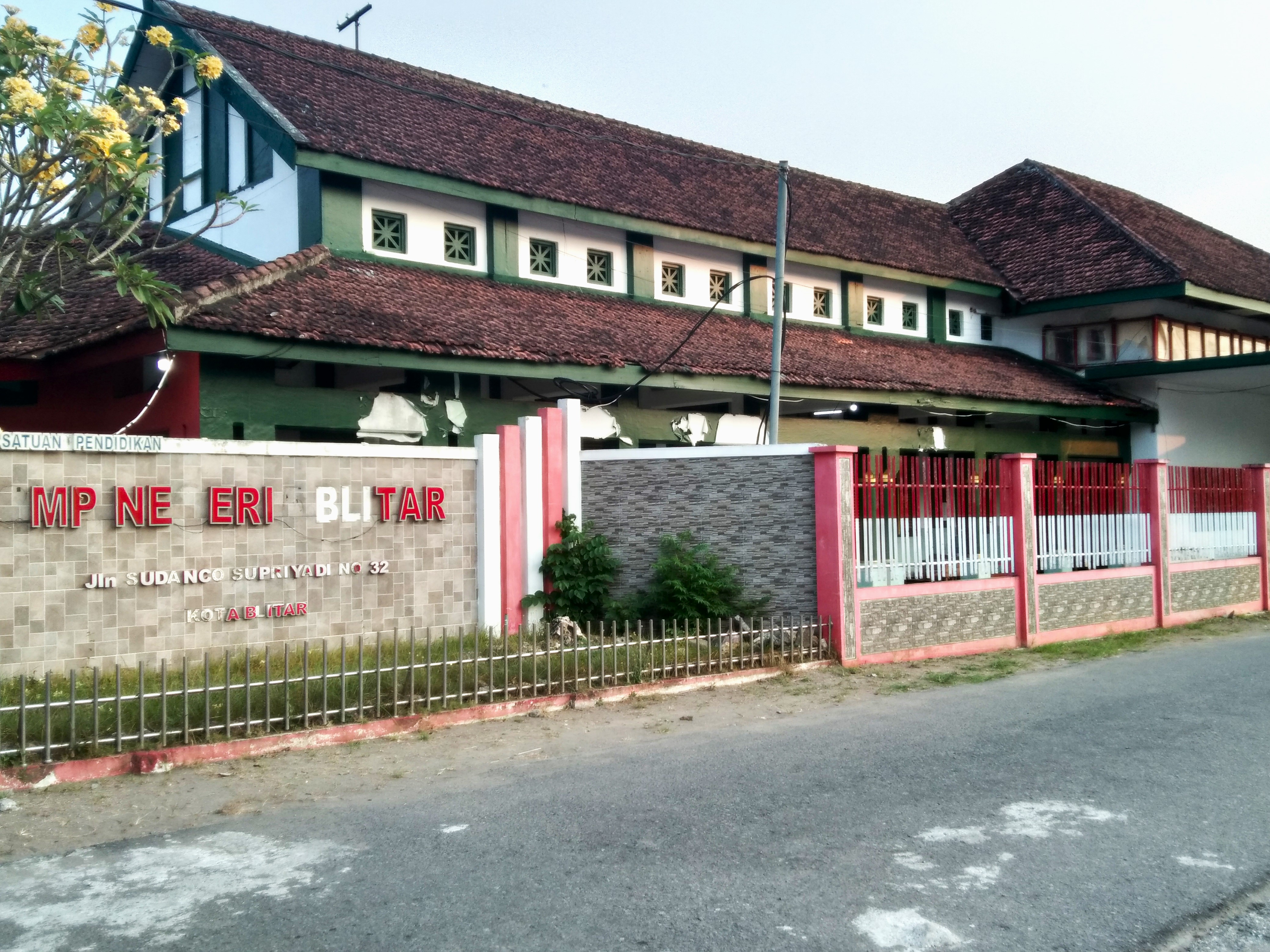
Echoes of Time in Ancient Walls: The Tale of SMPN 3 and SMKN 3 Blitar
Imagine stepping through a corridor of time, whisked back to 1910, where a gentle breeze caresses the sturdy walls of the MULO buildings in this town. These structures, now standing proudly at SMPN 3, SMKN 3, and SMPN 5, are more than mere bricks and mortar.
They are silent witnesses to history, storytellers of the souls who once lingered, learned, and fought within their embrace. Come, step inside, wander through dusty hallways and beneath aged roofs that still sway to the rhythm of memories.
The Southern Wing of SMPN 3: From Scholars’ Mess to PETA Barracks
In the southern corner of SMPN 3 stands a building that was built in 1910. Once a mess hall for MULO students, it echoed with the laughter and dreams of young scholars. But when the shadow of Japanese occupation fell over the land in 1942, its walls transformed into barracks for PETA soldiers. The sound of marching boots replaced youthful chatter, and these rooms bore witness to the fiery spirit of resistance.
As time marched on, this building became classrooms for SMPN 3. In 1994, it underwent a dramatic transformation. To meet the demand for more space, its front wall was torn down, the rooms widened, and the structure split by nine meters. Though its face has changed, its soul lingers in the curved wooden beams supporting the roof, in the steadfast western corridor, and in the doors and windows that whisper of days gone by. Picture yourself standing here, touching walls that once felt the hands of students and fighters, sensing the pulse of history at your fingertips.
The Eastern Wing of SMPN 3: A Junction of Three Schools
To the east, another 1910 building stands tall, once unified with structures at SMKN 3 and SMPN 5. Initially, a haven for MULO students, it later served as an office for PETA soldiers during the Japanese occupation. Now, it houses SMPN 3 classrooms, but not without alterations.
Corridors stretching 20 meters were sealed, a guard post now blocks the entrance, and the vice-principal’s office emerged from a closed-off passageway. Yet, amidst these changes, the old roof, doors, and windows stand firm, guarding secrets of the past. Can you hear their call, urging you to see these storied corridors for yourself?

The Southern Wing of SMKN 3: Fragile Authenticity
Step into the southern wing of SMKN 3, where another 1910 building awaits. Once a mess hall for MULO students, then a PETA barracks, it now appears modest, even fragile. The wooden beams supporting its tiled roof curve, as if weary from bearing the weight of time.
Yet, its interior remains untouched by modern flourishes, save for added windowpanes to welcome sunlight. This small, character-filled space invites you to sit at an old wooden desk and imagine the students who once studied under the same roof. Can you resist the urge to explore this living relic?
The Northern Wing of SMKN 3 and SMPN 5: The Enduring Honbu Building
In the northern wing stands the Honbu Building, the heart of the PETA headquarters during Japanese rule. Built in 1910 as a learning space for MULO students, it later served as a military office before returning to its educational roots for SMPN 5 and SMKN 3. Until 2007, its authenticity remained intact—walls unyielding, roof steadfast, and corridors brimming with tales.
But time has left its mark. A front fence now stands, broken windowpanes are covered with cloth and plywood, and the rear corridor vanished behind a new wall. Still, this building radiates a powerful historical aura. Imagine walking through SMPN 5’s auditorium, hearing the echo of PETA soldiers’ footsteps, and feeling the breath of the past in every corner.
An Invitation to Touch History
These buildings are not mere stone and wood; they are living canvases that chronicle a nation’s journey. From the laughter of MULO students, the resolve of PETA fighters, to the children now learning within their walls, every surface holds a story. Though time has altered their faces—corridors sealed, roofs weakened, walls expanded—their spirits remain unbroken, calling you to come, see, and feel.
Visit SMPN 3, SMKN 3, and SMPN 5. Wander through ancient corridors, touch doors and windows that have stood for over a century, and let your imagination soar to the days when history was written here. This is not just a visit—it’s a journey through time. Are you ready to take the step?
